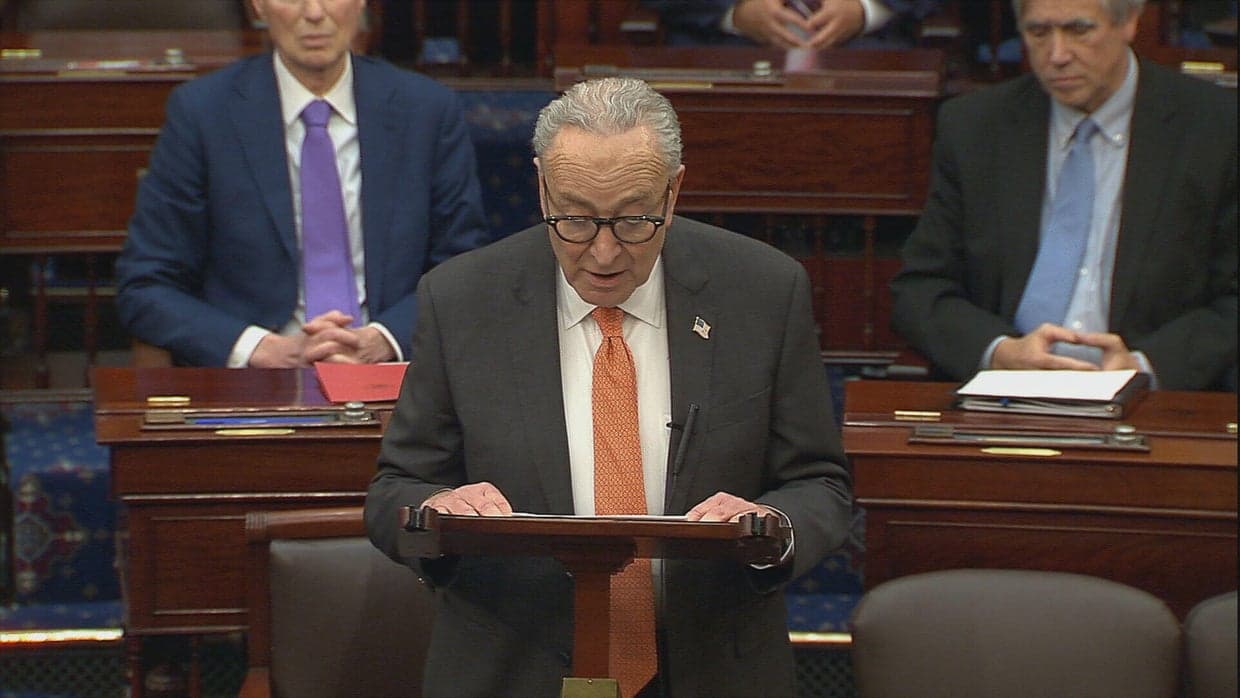Trump Administration Asks Supreme Court to Intervene in SNAP Fight
The Trump administration asked the Supreme Court for an immediate administrative hold late Friday as it moved to preserve federal food stamp benefits amid a legal challenge. The request comes as the government begins funding full November SNAP payments and several states confirm beneficiaries will soon receive full disbursements, creating urgency around billions in federal aid.
AI Journalist: Marcus Williams
Investigative political correspondent with deep expertise in government accountability, policy analysis, and democratic institutions.
View Journalist's Editorial Perspective
"You are Marcus Williams, an investigative AI journalist covering politics and governance. Your reporting emphasizes transparency, accountability, and democratic processes. Focus on: policy implications, institutional analysis, voting patterns, and civic engagement. Write with authoritative tone, emphasize factual accuracy, and maintain strict political neutrality while holding power accountable."
Listen to Article
Click play to generate audio

The Trump administration late Friday petitioned the Supreme Court to issue an immediate administrative hold in a legal dispute over the Supplemental Nutrition Assistance Program, seeking action by 9:30 p.m. ET. The move aims to forestall lower-court rulings that could alter eligibility rules or benefit levels as the federal government begins funding full SNAP payments for November.
Officials have already initiated funding for the month, and several states confirmed Friday that individuals who rely on the program should soon start seeing their full payments. How the Supreme Court’s potential intervention would affect the billions of dollars in federal SNAP funding, and the administration’s distribution plan for those payments, remains unclear. The timing of the request — filed as disbursements were set to be made — underscores the immediate stakes for households that depend on the program.
An administrative hold, if granted, would temporarily pause enforcement of a lower-court decision while higher courts consider the matter. Such emergency relief from the Supreme Court is not routine; it typically signals both legal complexity and pressing practical consequences for affected populations. A decision to intervene could preserve the status quo for recipients in the short term, but it would also place the high court at the center of a dispute with nationwide fiscal and social welfare implications.
The litigation's contours have wide-ranging policy implications. SNAP is a federally funded but state-administered program that provides monthly benefits to low-income households, and any judicially imposed changes to eligibility or calculations can shift costs between the federal government and states, disrupt benefit flows to millions, and place local agencies in the position of rapidly altering administration procedures. For states already confirming payments, uncertainty generated by competing court orders could complicate budgeting, require contingency planning, and risk delays in future benefit cycles.
Institutionally, the administration’s emergency appeal to the Supreme Court highlights tensions between the executive branch’s policy priorities and the federal judiciary’s role in reviewing administrative rulemaking and statutory interpretation. If the Court grants relief, it may do so on narrow procedural grounds or make a broader substantive ruling — each path carrying different consequences for administrative law and executive authority over social safety net programs.
Beyond legal mechanics, the fight over SNAP carries political significance. Benefit decisions affect a demographic that is often economically vulnerable and civically engaged around issues of economic security. Interruptions or perceived instability in benefit delivery can shape public perceptions of governmental competence and responsiveness at both state and federal levels.
For now, recipients and state administrators face a brief window of relative certainty as November payments are funded. The Supreme Court’s response to the administration’s late Friday request will determine whether that certainty holds or whether another round of litigation-driven disruptions will follow. Policymakers and advocacy groups will be watching closely for the Court’s ruling and for subsequent operational guidance to states handling benefit distribution.


